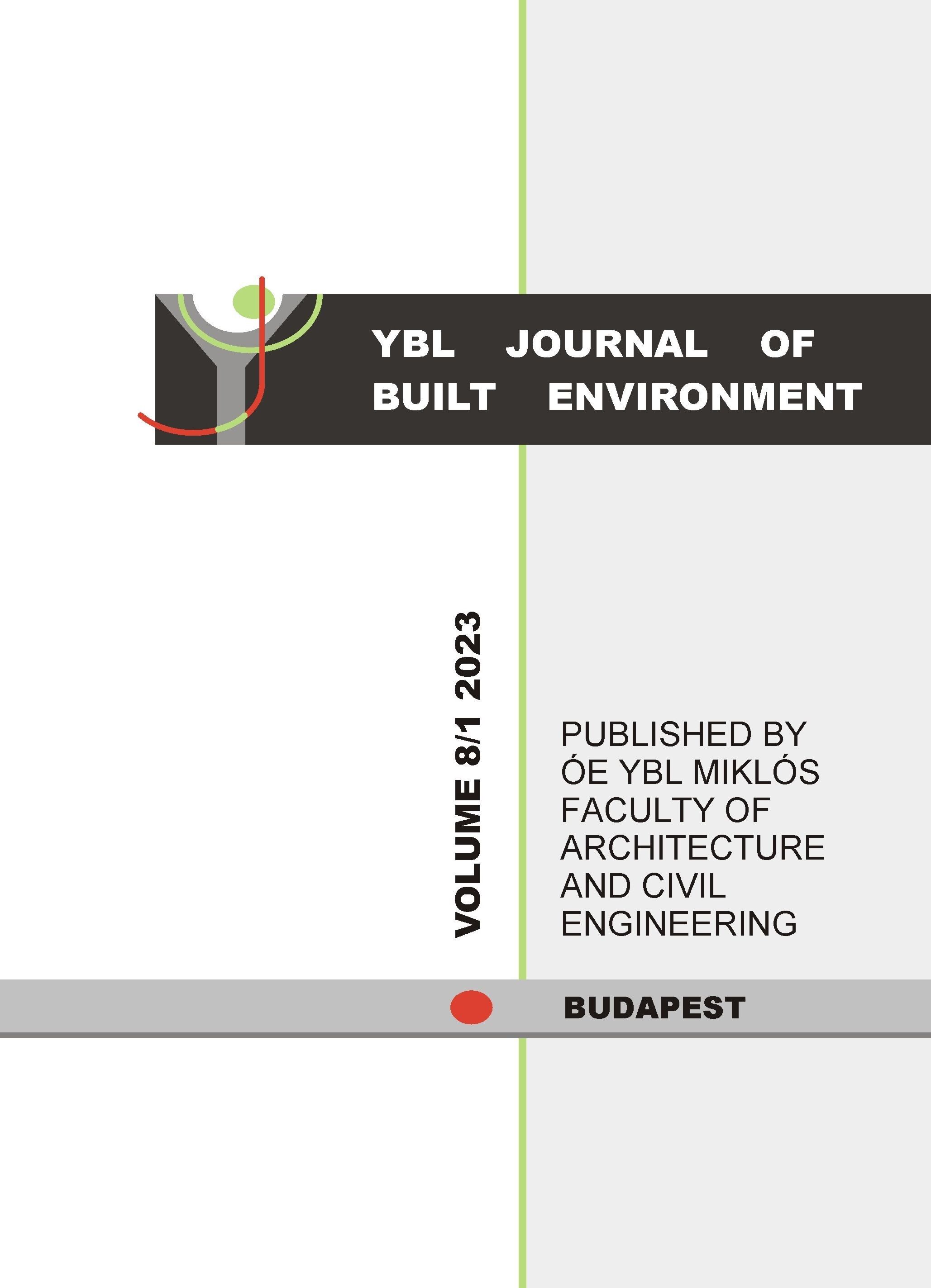Participation and Interactivity in Conceptual Architecture
Keywords:
conceptual architecture, interactivity, participation, community, designAbstract
Modernism, the defining style of twentieth-century architecture, entered a kind of moral crisis in the 1960s. From an ideological point of view it could no longer meet the demands of architecture and keep pace with the changes that were taking place in society. Thus the emergence of various trends critical of modernity. However modernist theory and design is fond of invoking anthropocentrism, it is in fact driven by technical efficiency. As a counterpoint, postmodern thinking begins to think differently about the host community and the relationship with it. This new approach has led to the emergence of conceptualism in the visual arts and very similar endeavours in architecture. By examining the characteristics of conceptual works, a set of criteria could be drawn up, with the central element being the involvement of the community - either as recipients, on a mental level, or by actually putting them in an active, creative position. This also entailed a questioning of the traditional institutional framework of architecture and a redefinition of the role of the architect. The aim of this paper is to analyse the levels of community activity and summarise their impact on conceptual architecture and design methodology through theory and case studies.
Downloads
Published
Issue
Section
License
Copyright (c) 2024 YBL Journal of Built Environment

This work is licensed under a Creative Commons Attribution-NonCommercial-NoDerivatives 4.0 International License.


